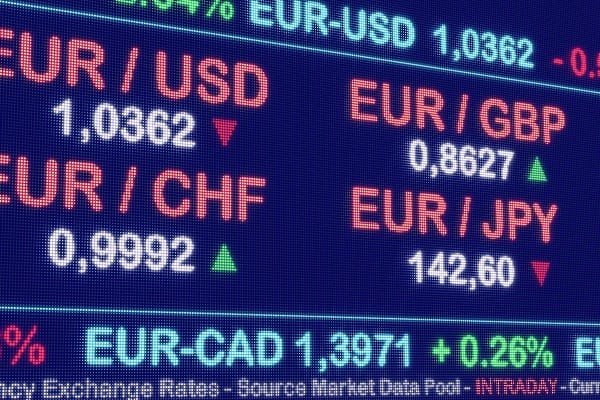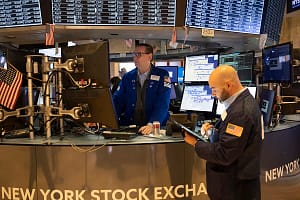The EUR/USD pair has declined by 0.65% from its peak to its trough, as markets witness a new round of risk aversion and a shift towards safe-haven assets.
Following Moody’s credit rating downgrade for China, the impact of recently released economic data has been limited.
The Composite Purchasing Managers’ Index (HCOB) in the Eurozone surpassed expectations in November, although major Eurozone economies experienced a decline in business activity, with France, Germany, and Italy leading the way. This, in turn, has exerted negative pressure on the Euro’s strength, acting as a bearish factor for the EUR/USD pair.
I believe that conflicting U.S. data released yesterday has generally increased overall market pessimism, especially with a decrease in JOLTS job openings to the lowest level in two and a half years amid a flexible and robust U.S. labor market.
Additionally, the Institute for Supply Management’s Purchasing Managers’ Index (ISM) for services came in higher than expected at 52.7 for November.
While the U.S. services sector continues to show a strong healthy trend and a flexible labor market with fewer job openings, from my perspective, this suggests that economic conditions within the United States are challenging for the Federal Reserve.
Until the consideration of an interest rate cut cycle begins, amid investor anticipation of the Federal Reserve’s future monetary policy, the stumbling U.S. economy does not support market pricing for expected interest rate cuts in the first half of next year.
Consequently, positive news and data are bad news for the markets due to increased borrowing and financing costs associated with current interest rate hikes.
This contradiction between data and market expectations coincides with investors eagerly awaiting Eurozone retail sales data today, where markets expect an improvement but remain in negative territory, recovering from -2.9% to -1.1% on a year-over-year basis until October.
Following that, Thursday will see the release of Gross Domestic Product (GDP) figures in the Eurozone, expected to remain steady at 0.1% on an annual basis for the third quarter. The trading week will conclude on Friday with the release of U.S. Non-Farm Payrolls (NFP) data, expected to rise from 150,000 to 190,000.
I believe all this data will cause significant price volatility, especially with uncertainty and risk aversion dominating the market at present.
The gap between expectations and actual economic data results, coupled with central banks’ inclinations towards policy changes regarding interest rates, especially as recent statements from European officials increase the likelihood of the European Central Bank cutting interest rates before the Fed does, adds to the negative pressure on the EUR/USD in the medium and long term.






Leave a Comment